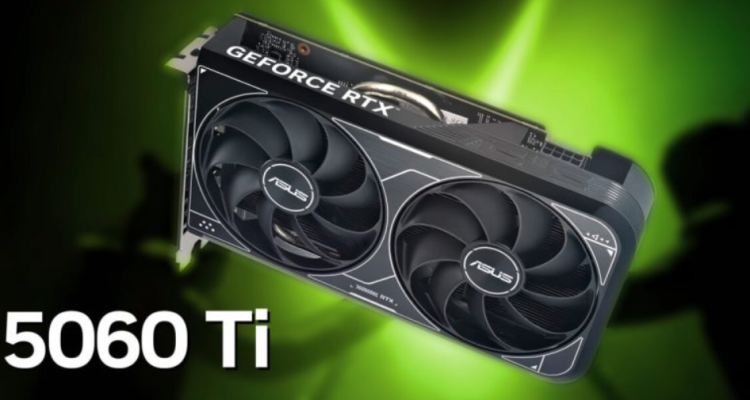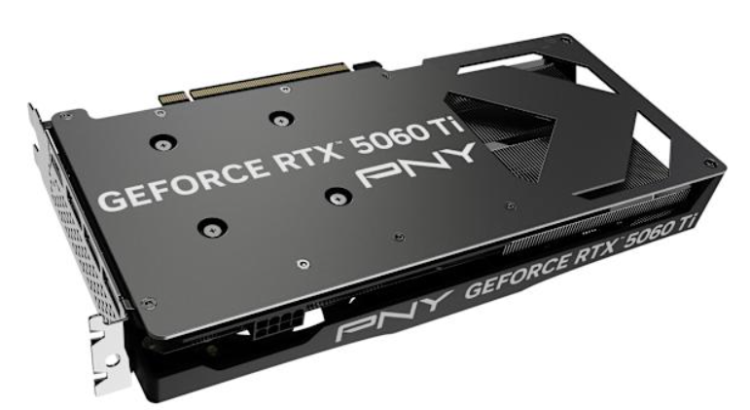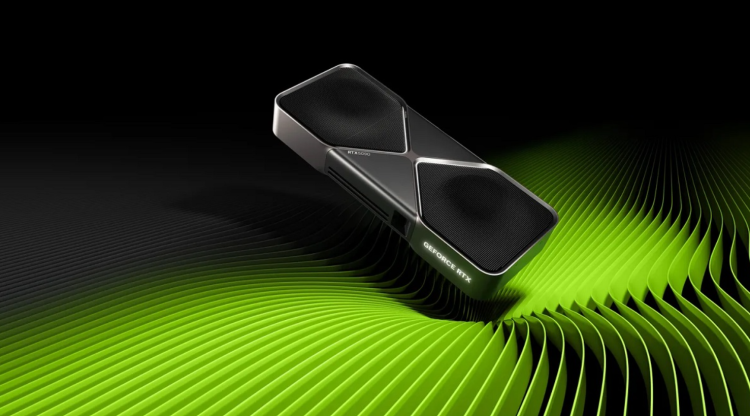
Nvidia Officially Reveals RTX 5060 Series: Starting at $299 and Poised to Shake Up 1080p & 1440p Gaming
Nvidia has officially taken the wraps off its RTX 5060 and RTX 5060 Ti graphics cards, confirming specs, pricing, and release windows for its most affordable RTX 50-series GPUs so far. Starting at $299, the RTX 5060 is positioned to become the go-to card for mainstream gamers in 2025, while the 5060 Ti offers a little more horsepower — and crucially — up to 16GB of VRAM for heavier modern titles.
Both GPUs continue Nvidia's use of GDDR7 memory, a first for this price tier, and maintain the full DLSS 3.5 and Frame Generation support that helped define the 50-series. While benchmark results are trickling in, early data shows significant gains over the RTX 4060 family — especially when it comes to frame generation in newer engines.

RTX 5060 Series Pricing & Specs
Here’s a breakdown of the RTX 5060 and its siblings based on the latest official data.
| Model | CUDA Cores | Memory (GDDR7) | Memory Speed | Bus | Power | Price |
| RTX 5090 | 21,760 | 32GB | 28Gbps | 512-bit | 575W | $1,999 |
| RTX 5080 | 10,752 | 16GB | 30Gbps | 256-bit | 360W | $999 |
| RTX 5070 Ti | 8,960 | 16GB | 28Gbps | 256-bit | 300W | $749 |
| RTX 5070 | 6,144 | 12GB | 28Gbps | 192-bit | 250W | $549 |
| RTX 5060 Ti | 4,608 | 16GB/ 8GB | 28Gbps | 128-bit | 180W | $429/ $379 |
| RTX 5060 | 3,840 | 8GB | 28Gbps | 128-bit | 150W | $299 |
Table based on the info created with Datawrapper from Forbes.

A Big Boost for 2025’s Most Demanding Games
What does this mean for gamers? Well, modern PC games are eating VRAM for breakfast, and the inclusion of 16GB at this price point is a big deal. Take upcoming titles like:
- S.T.A.L.K.E.R. 2 – With its massive open zones and UE5 visuals, the game demands both power and memory, especially for ray-traced lighting. The 5060 Ti 16GB should be able to handle it at high settings at 1440p with DLSS.
- Half-Life RTX – The fan-remade version of Valve’s classic, rebuilt with full path-tracing, is a GPU stress test. Thanks to full DLSS 3.5 support, the RTX 5060 Ti can deliver playable framerates even with path tracing on — something older 8GB cards struggle with.
- Marvel's Spider-Man 2 PC – This one’s not out yet, but if it’s anything like its predecessor, it’ll love extra VRAM and fast memory. The RTX 5060 Ti’s memory bandwidth and GDDR7 tech should smooth out texture streaming and ray-traced shadows.
- Minecraft RTX – Yes, it’s still one of the most punishing ray-traced workloads out there due to full path tracing. But the 50-series’ enhanced frame generation helps offset that load.
- Cyberpunk 2077 (with RT Overdrive) – Nvidia’s poster child for path tracing finally feels more accessible with these new cards, especially the Ti variant. It won’t be 60fps at 1440p native, but DLSS with FG gets surprisingly close.
Is it worth buying the RTX 50? The RTX 5060 non-Ti is set to launch in May, while the RTX 5060 Ti 16GB and 8GB editions drop this April 16. Performance reviews will follow quickly, but early analysis shows these cards leapfrogging their 4060-series predecessors — and in some cases even edging out the 4070 in specific DLSS-heavy scenarios.

While AMD is still holding back its RX 9060-series, Nvidia has a clear path to dominate the sub-$500 space this spring. The only question is whether availability can meet demand — especially for the 16GB model, which is already being flagged as the smart long-term choice.

NVIDIA RTX 50 Overview
Nvidia's RTX 5060 lineup is launching at just the right time. With more demanding PC games and better adoption of DLSS 3.5 and frame generation, having a current-gen GPU with 16GB of fast VRAM for under $450 might be the new sweet spot. If you’re still on a 1660, 2060, or even a 3060, this might be the upgrade that finally makes sense.
And if you're eyeing upcoming blockbusters or diving into the path-traced future of Half-Life and Cyberpunk, the 5060 Ti 16GB looks like the budget hero we’ve been waiting for.
Comments